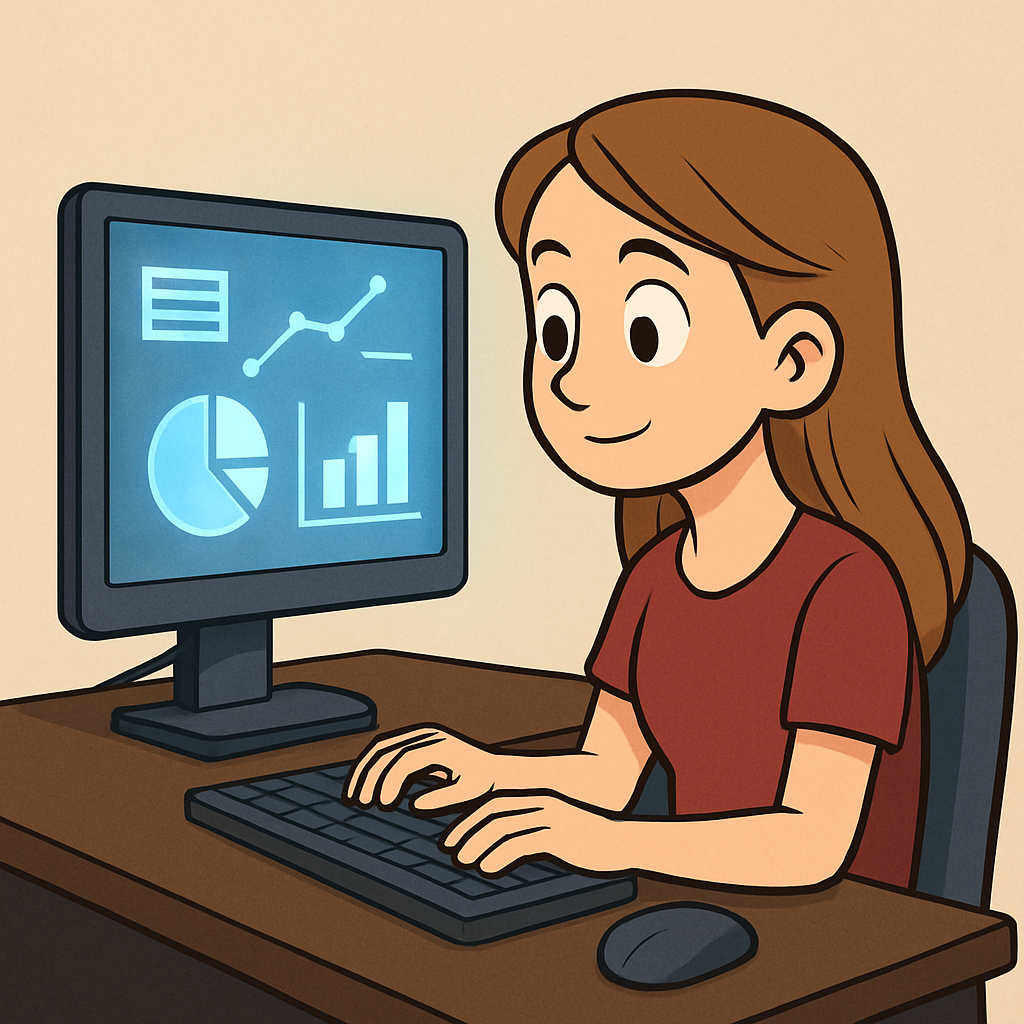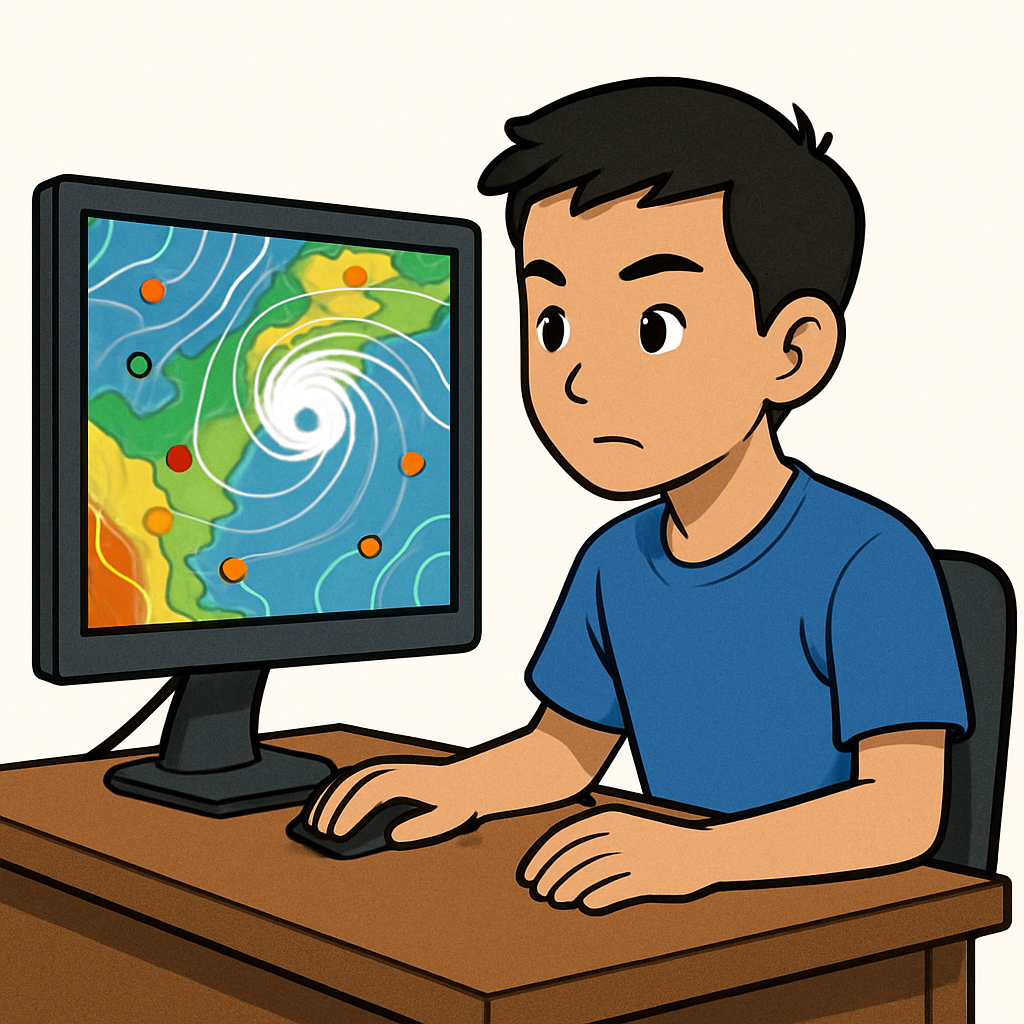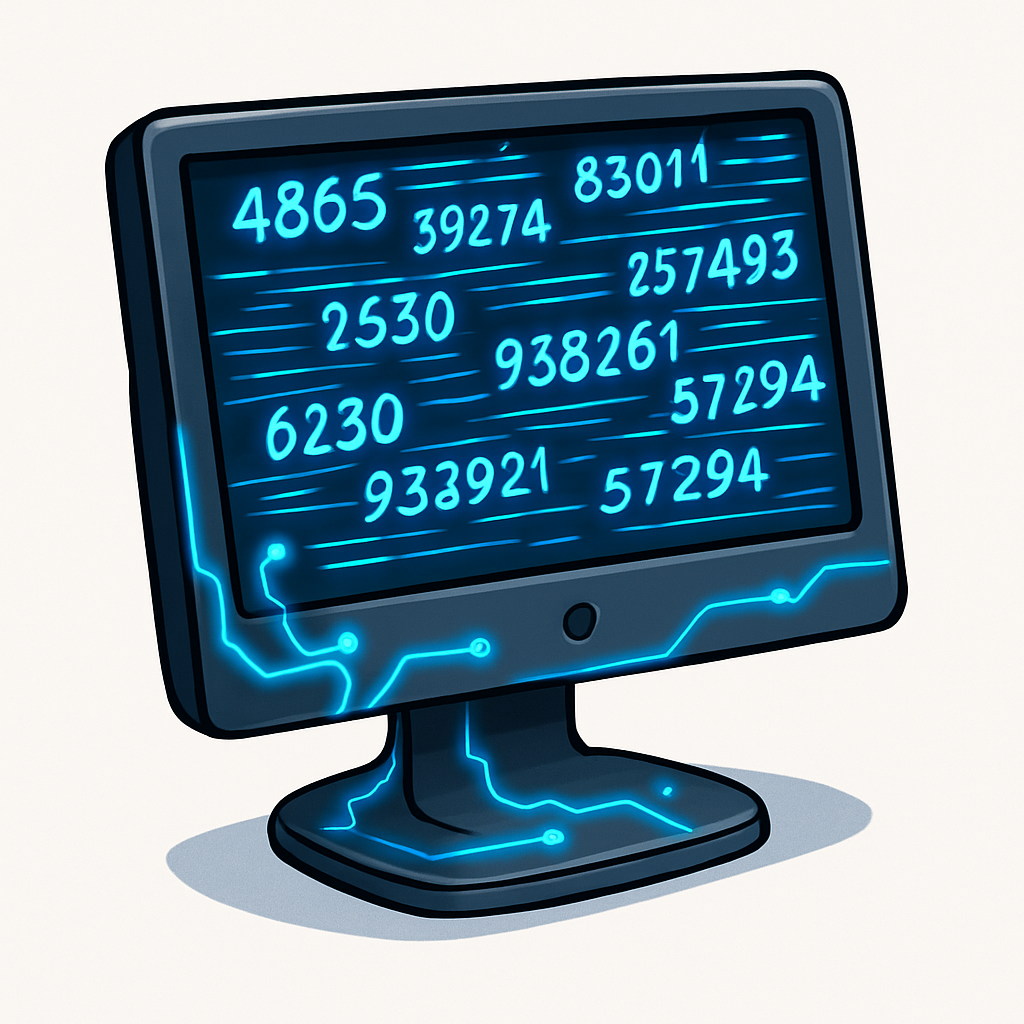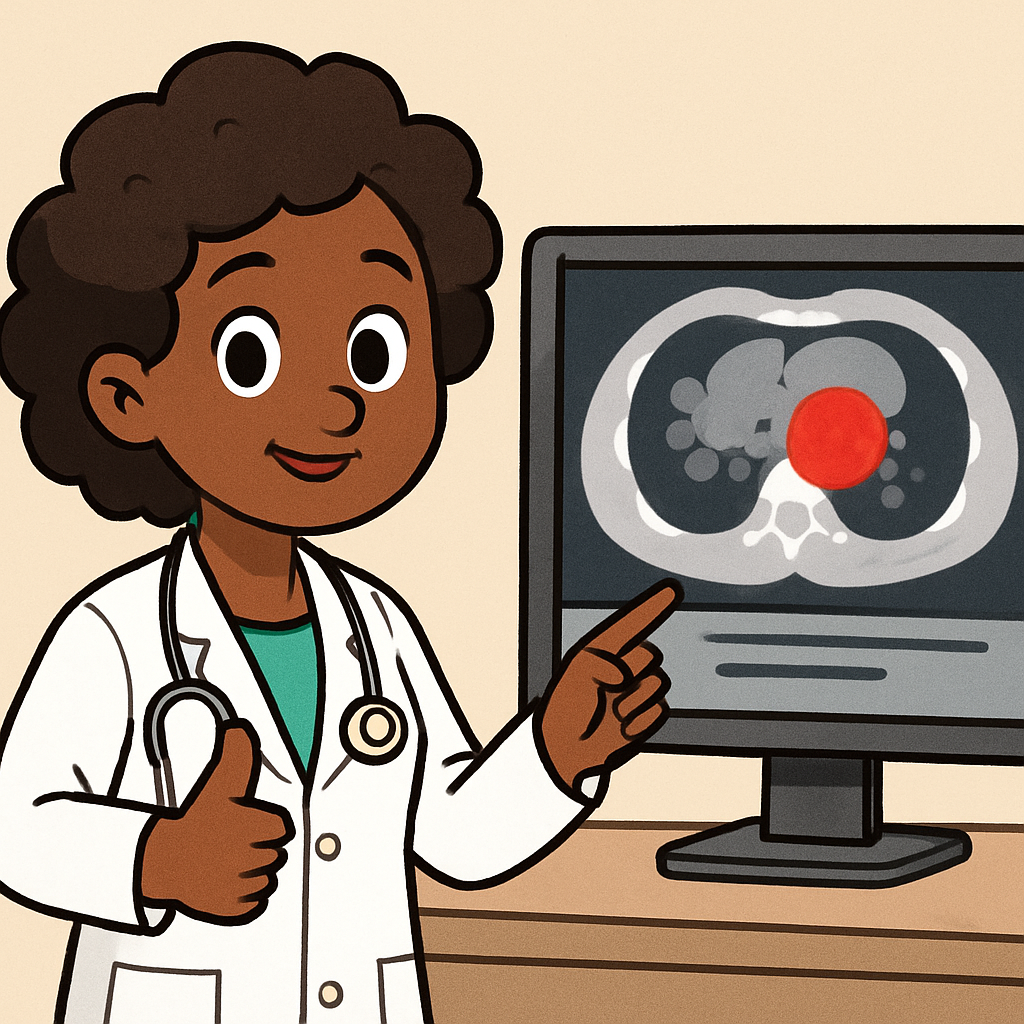 In this lesson, you'll explore how computing enables solutions to difficult problems that would be impossible or extremely time-consuming to solve manually. Computing harnesses speed, automation, and data processing to tackle real-world challenges in fields like science, medicine, and engineering. This is a key aspect of problem-solving in computer science, showing why computers are powerful tools.
In this lesson, you'll explore how computing enables solutions to difficult problems that would be impossible or extremely time-consuming to solve manually. Computing harnesses speed, automation, and data processing to tackle real-world challenges in fields like science, medicine, and engineering. This is a key aspect of problem-solving in computer science, showing why computers are powerful tools.
Here's what you'll cover:
 Difficult problems often involve massive amounts of data, complex calculations, or scenarios that change over time. Manually solving them could take years or be prone to errors, as humans are limited by our processing speed and capacity for handling vast information without mistakes. For example, predicting weather patterns requires analysing billions of data points from satellites and sensors – something no human could do accurately by hand, as it involves constant updates and intricate mathematical models.
Difficult problems often involve massive amounts of data, complex calculations, or scenarios that change over time. Manually solving them could take years or be prone to errors, as humans are limited by our processing speed and capacity for handling vast information without mistakes. For example, predicting weather patterns requires analysing billions of data points from satellites and sensors – something no human could do accurately by hand, as it involves constant updates and intricate mathematical models.
Key characteristics of difficult problems:
These characteristics highlight why such problems overwhelm human capabilities: we tire, make errors in repetition, and can't process information as quickly or accurately as needed. Computers, however, are designed to excel in these areas, making them ideal for tackling these challenges.
 Computers excel at performing calculations at incredible speeds – billions per second. This enables solutions to problems that require rapid processing, like encrypting data for secure online banking or running simulations for drug discovery. By leveraging this power, we can address challenges that demand quick and accurate results, transforming what was once impossible into everyday realities.
Computers excel at performing calculations at incredible speeds – billions per second. This enables solutions to problems that require rapid processing, like encrypting data for secure online banking or running simulations for drug discovery. By leveraging this power, we can address challenges that demand quick and accurate results, transforming what was once impossible into everyday realities.
How computing helps:
 Computing enables solutions by managing 'big data' – vast datasets that humans can't analyse manually. These datasets can include everything from social media posts to sensor readings from around the world. Tools like databases and machine learning algorithms help identify patterns, make predictions, and draw insights from this data, turning overwhelming information into actionable knowledge.
Computing enables solutions by managing 'big data' – vast datasets that humans can't analyse manually. These datasets can include everything from social media posts to sensor readings from around the world. Tools like databases and machine learning algorithms help identify patterns, make predictions, and draw insights from this data, turning overwhelming information into actionable knowledge.
Key enablers:
 Computing transforms difficult problems into solvable ones across various industries by leveraging speed, automation, and data processing. In this step, you'll explore examples that illustrate how computing tackles challenges involving scale, complexity, speed, and repetition.
Computing transforms difficult problems into solvable ones across various industries by leveraging speed, automation, and data processing. In this step, you'll explore examples that illustrate how computing tackles challenges involving scale, complexity, speed, and repetition.
Key examples:
These examples show how computing expands our capabilities and drives innovation.